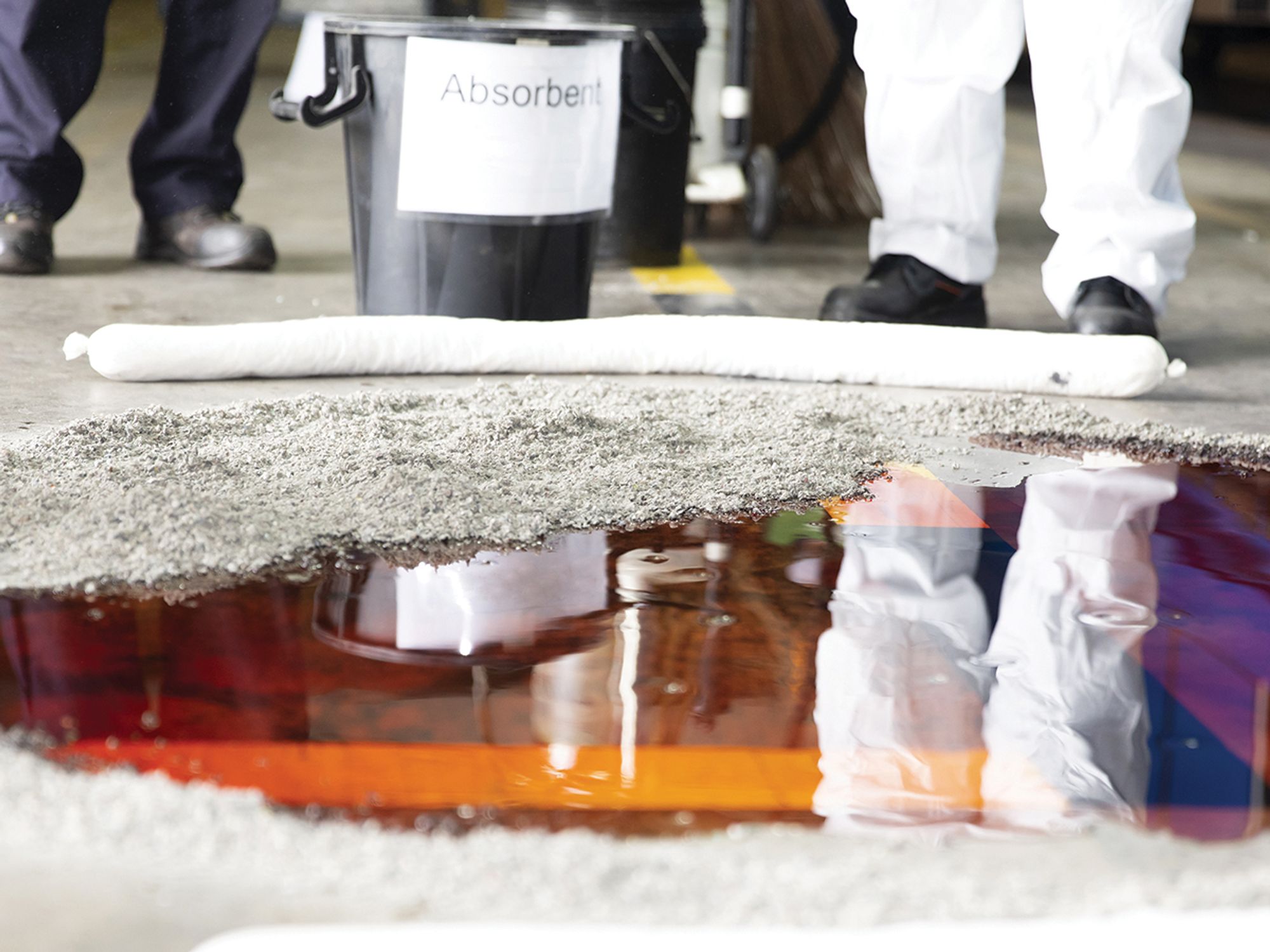InstituteUnderground Storage TanksRelease DetectionTank SystemsUSATank OperatorsEnglishAnalysisFocus AreaTank SystemsIn Depth (Level 3)
Actions to take for a confirmed release
['Tank Systems']

- There are short-term and long-term actions to take for confirmed releases from a UST.
Actions to take for confirmed releases from an underground storage tank (UST) come in two stages: short-term and long-term.
Short-term actions
- Take immediate action to stop and contain the release.
- Report the release to the implementing agency within 24 hours or the time frame required by the implementing agency. Petroleum spills and overfills of less than 25 gallons do not have to be reported if the company can immediately contain and clean up these releases. (However, the state may have more stringent requirements.)
- Make sure the release poses no immediate hazard to human health and safety by removing explosive vapors and fire hazards. The fire department should be able to help or advise the company with this task. The company must also make sure to handle contaminated soil properly so that it poses no hazard, for example, from vapors or direct contact.
- If necessary, remove petroleum from the UST system to prevent further release into the environment.
- Find out how far the petroleum has moved and begin to recover the released petroleum, such as product floating on ground water. Report progress and any information collected to the implementing agency no later than 20 days after confirming a release.
- Investigate to determine if the release has damaged or might damage the environment. This investigation must determine the extent of contamination both in soils and groundwater. Report to the implementing agency what the company has learned from an investigation of the site according to the schedule established by the implementing agency. At the same time, submit a report explaining how the company plans to clean up the site. Additional site studies may be required.
Long-term actions
Based on the information the company provides, the implementing agency will decide if the company must take further action at the site. The company may need to take two more actions:
- Develop and submit a corrective action plan that shows how the company will meet requirements established for the site by the implementing agency.
- Make sure the company implements the actions approved by the implementing agency for the site.
